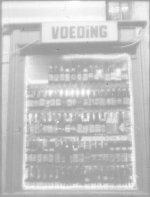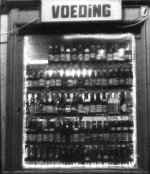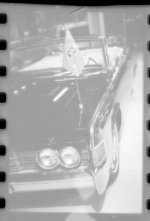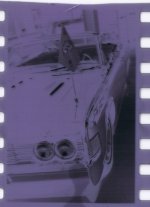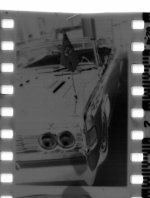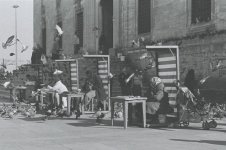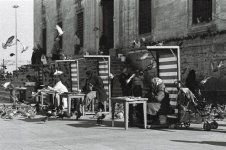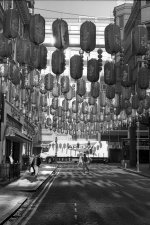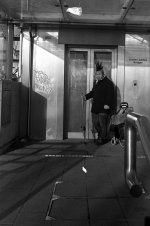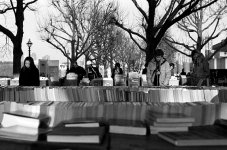photorat
Registered Abuser
In typical gun ho fashion, I've bought myself my first film camera (M2) and developed my first roll of film myself... Now that the results are crap, I have to work out where the problem lies: meter, camera, developing process...?
Here's a representative example from the roll:
HP5+ developed in D76 1:1 for 8 minutes at 20 deg. C (or 68 deg. F) agitating for 5s every 30s. Scanned at 1200x1200dpi in 'true grey'. As you can see, the result is a true wash of grey. Is this underdeveloped or just underexposed
? I find very conflicting developing times for this film/developer combination on the net...
Thanks for any help,
Jeremy
Here's a representative example from the roll:
HP5+ developed in D76 1:1 for 8 minutes at 20 deg. C (or 68 deg. F) agitating for 5s every 30s. Scanned at 1200x1200dpi in 'true grey'. As you can see, the result is a true wash of grey. Is this underdeveloped or just underexposed
? I find very conflicting developing times for this film/developer combination on the net...
Thanks for any help,
Jeremy


